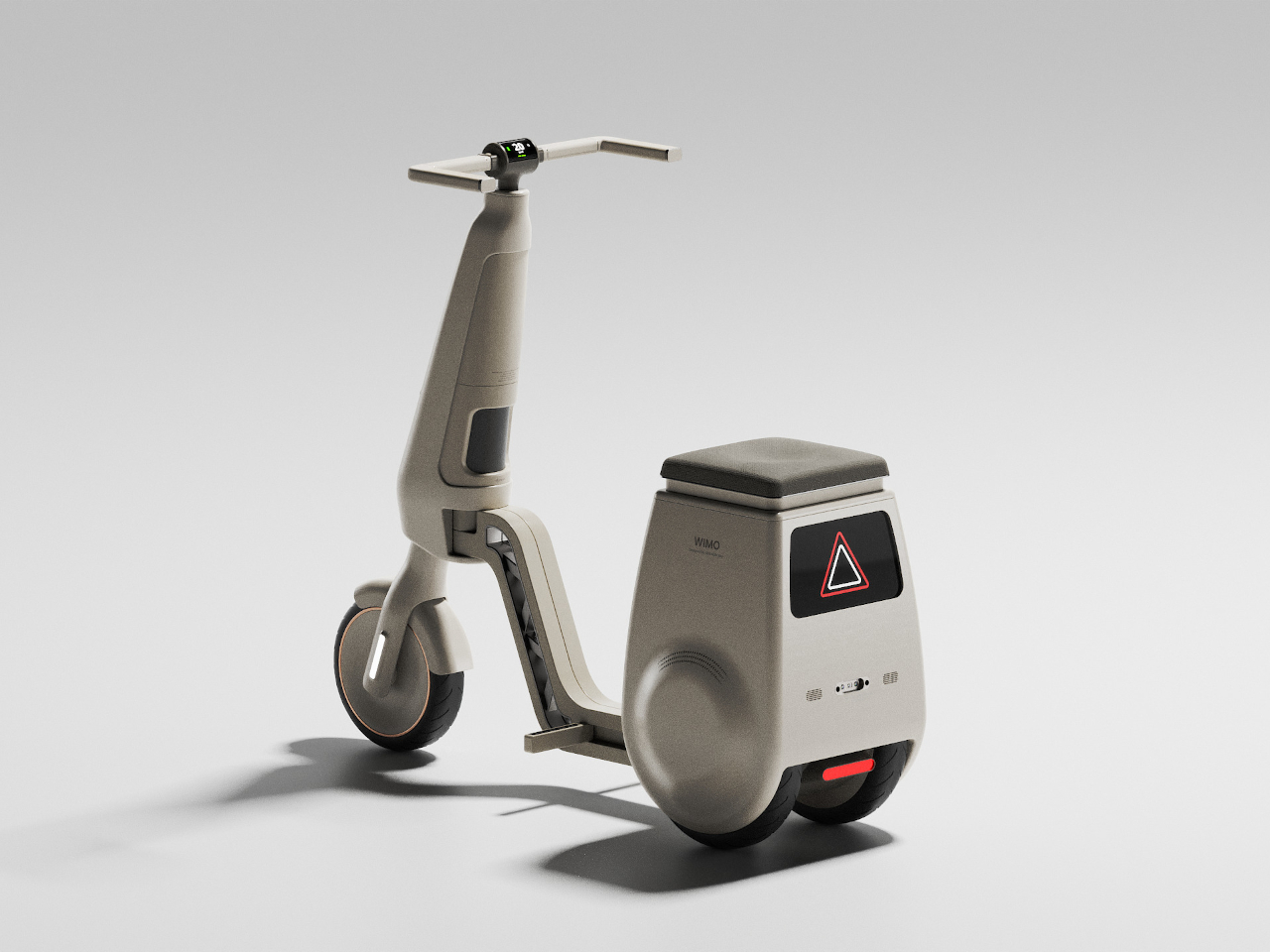
The aging population continues to grow worldwide, but most mobility aids still feel like they were designed decades ago. Traditional scooters work fine outdoors but become useless indoors, while walkers help with stability but offer no place to rest or carry groceries. Seniors end up juggling multiple devices that never quite work together.
Most assistive devices force users to choose between indoor and outdoor functionality, rarely offering both in a single package. They also lack basic features like integrated storage for shopping trips or comfortable seating for rest breaks. This fragmented approach leaves elderly users managing multiple gadgets instead of enjoying seamless mobility throughout their day.
Designer: Geonwoo Kang
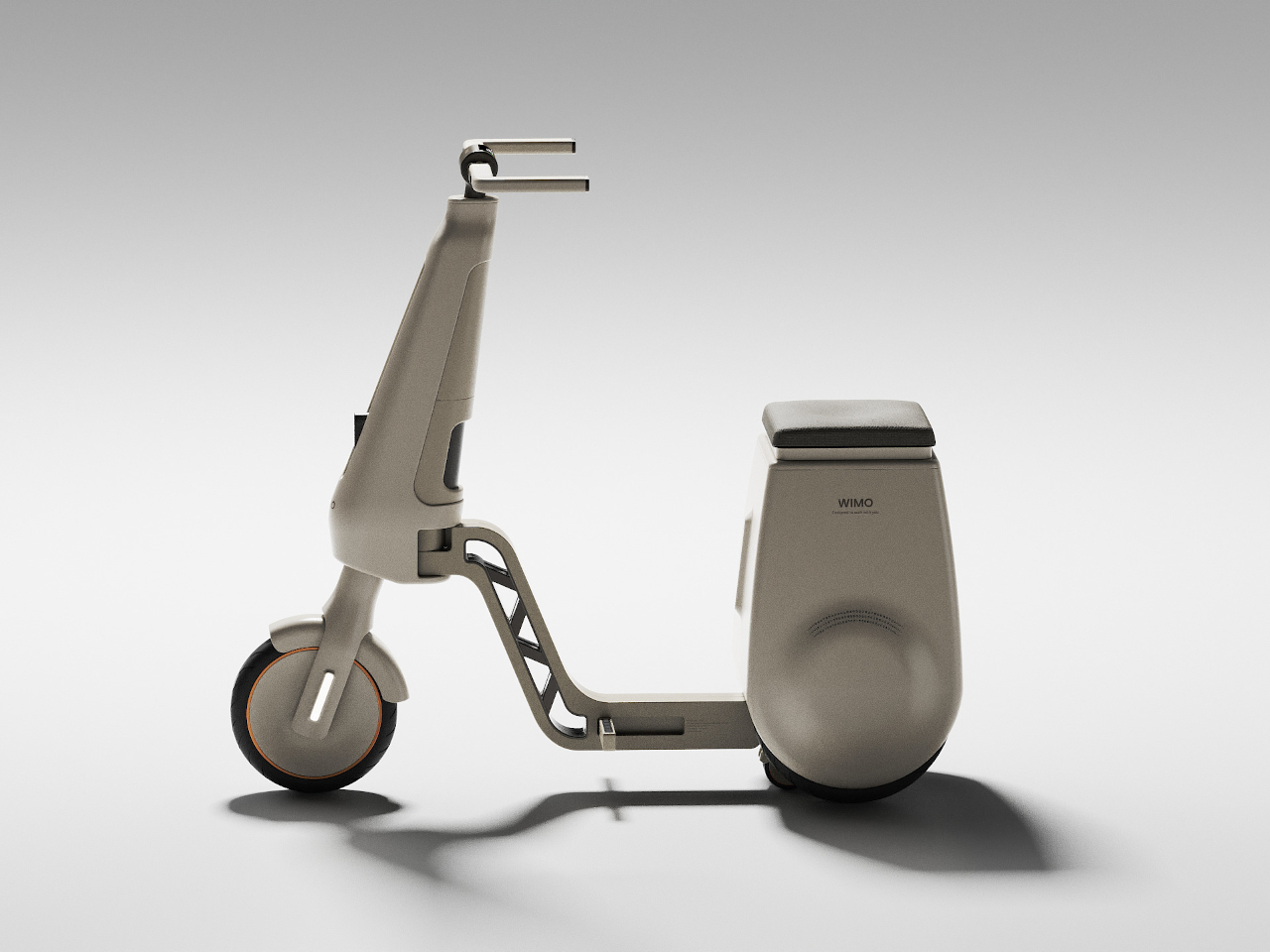
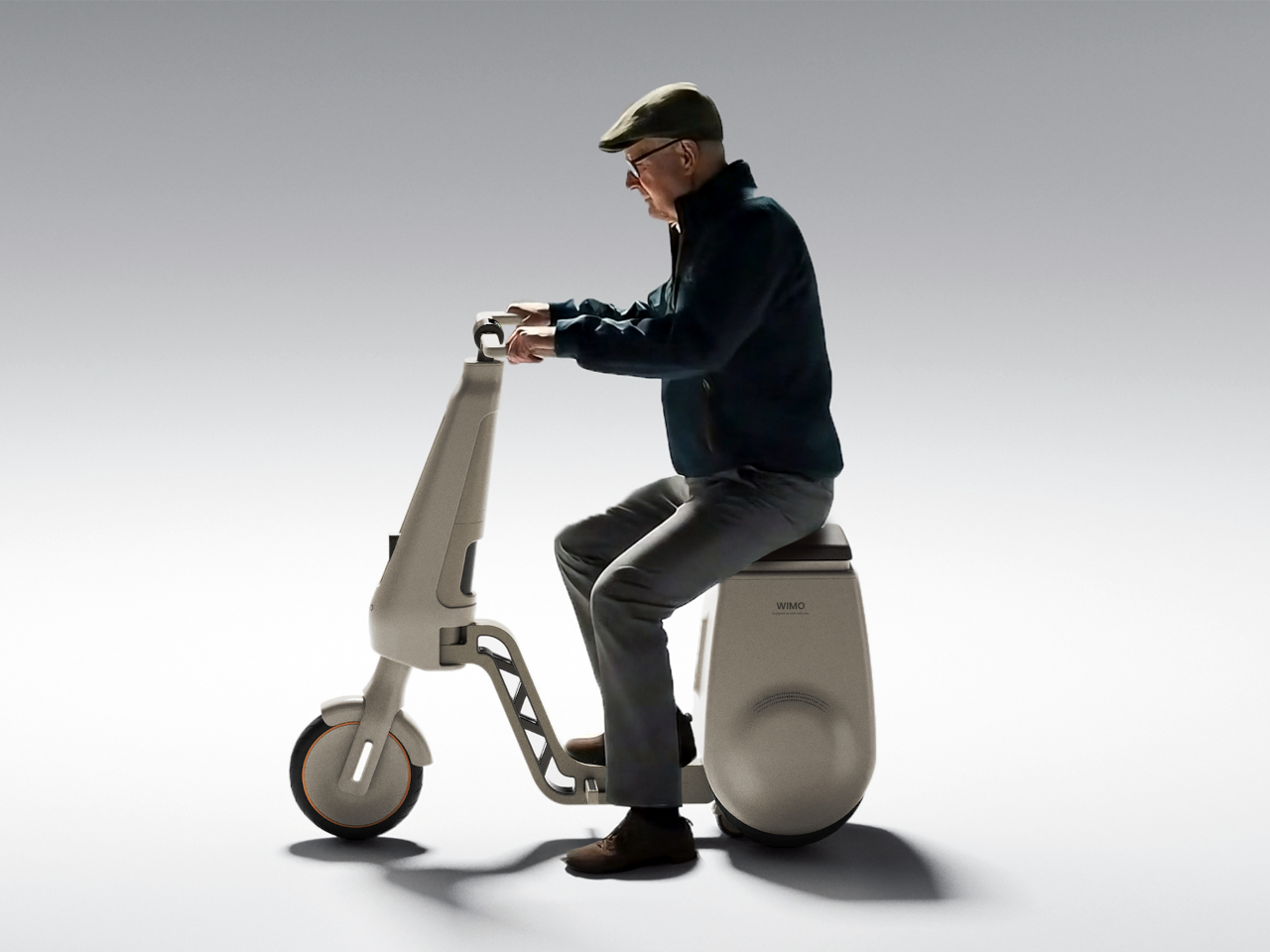
The WIMO concept tackles these limitations with a genuinely clever modular approach that combines scooter, walker, cargo carrier, and portable chair in one adaptable device. Rather than forcing seniors to compromise, WIMO transforms to meet whatever situation they encounter, whether navigating tight indoor spaces or covering longer outdoor distances.
The control system keeps things refreshingly simple with front-mounted acceleration buttons that respond to pressure. The right button moves forward, the left goes backward, and releasing either brings the scooter to a complete stop. A clear display shows current speed, battery level, and whether the device operates in scooter or walker mode.
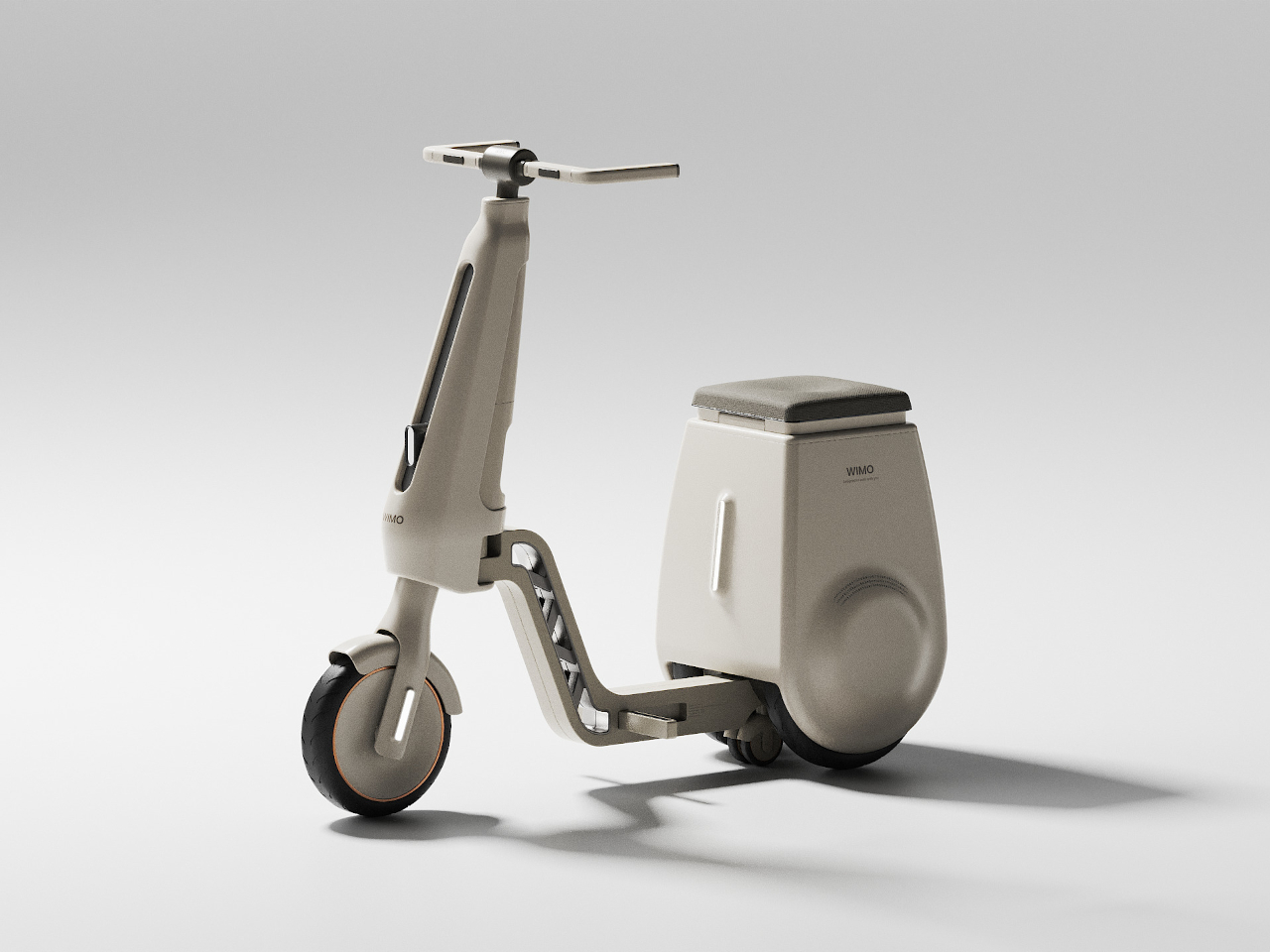
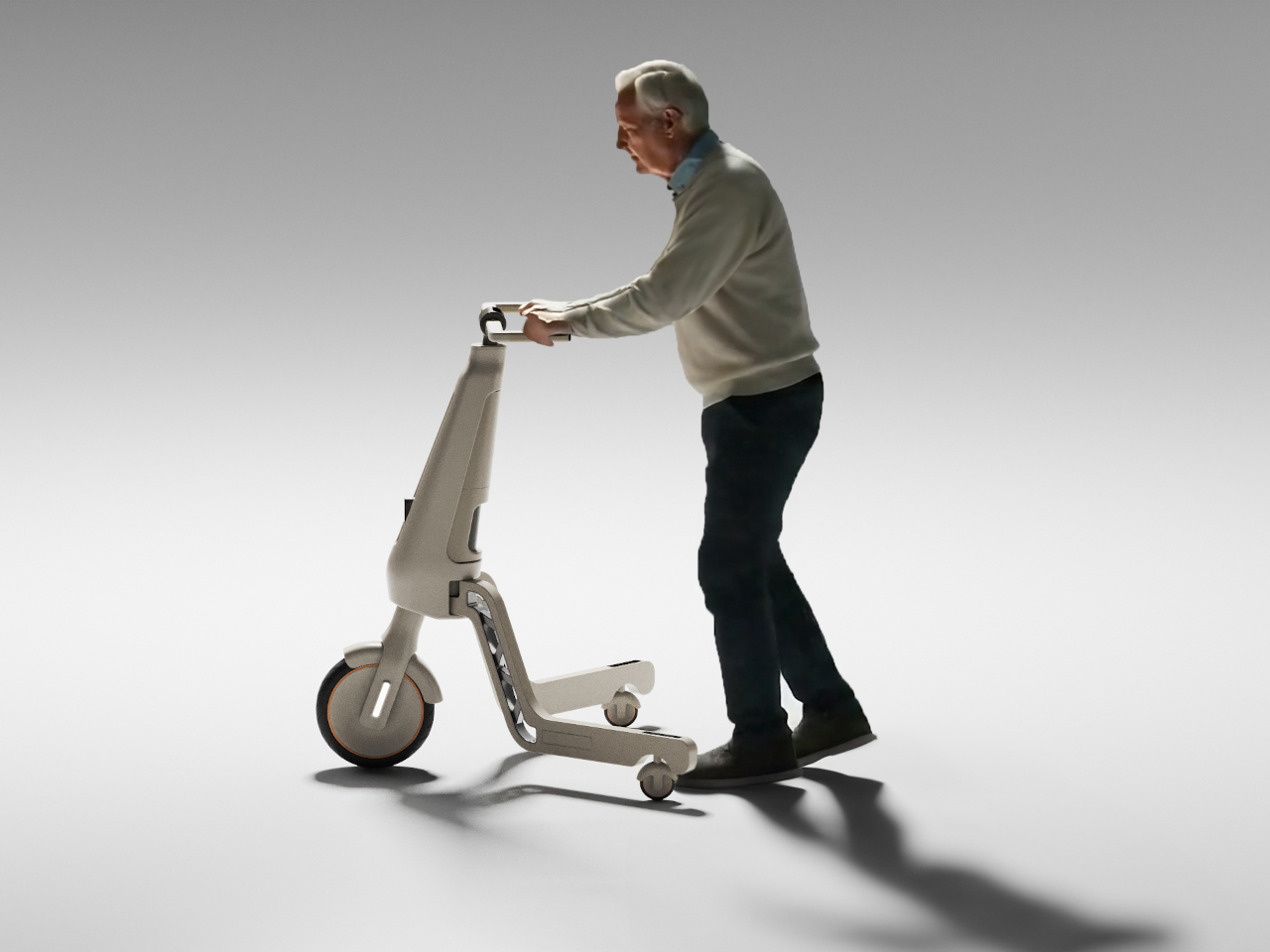
WIMO really shines when users need extra stability or want to stretch their legs. Walker mode lets seniors with unsteady balance walk more safely while still having support for carrying loads or taking breaks during longer journeys. This flexibility means the device adapts to fluctuating energy levels and mobility needs throughout the day.
The rear section houses the most interesting feature: a detachable robot that serves multiple purposes depending on the situation. When attached to the main scooter, it functions as a rear warning light for safety in traffic or crowded areas. Detach it, and the robot uses autonomous driving technology to follow users naturally while carrying personal belongings.
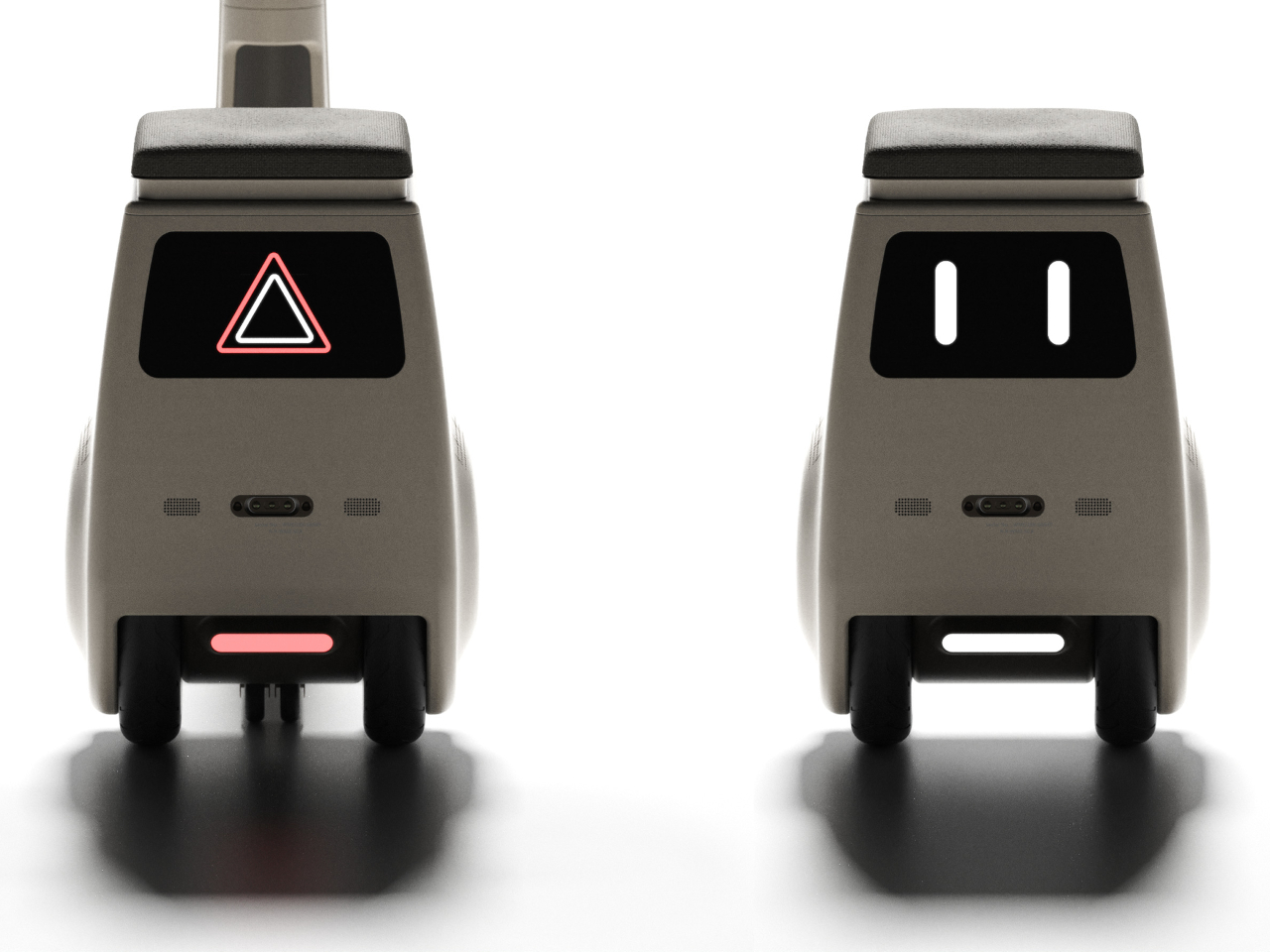
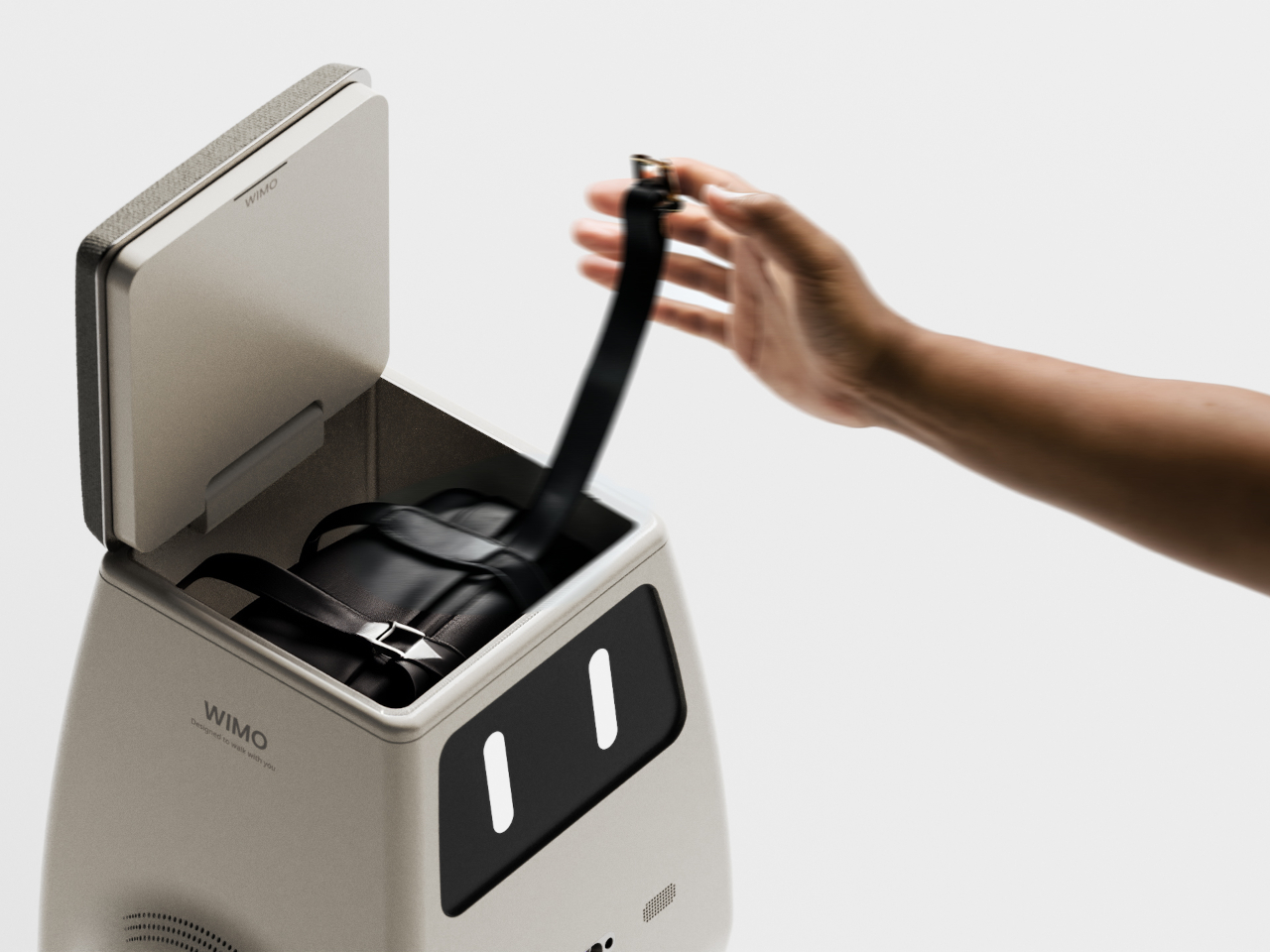
This cargo robot goes beyond simple load-carrying by transforming into a chair whenever rest is needed. The storage space handles shopping bags, purses, or anything else that would normally weigh down the user. Having a robotic assistant that follows you around while shopping or running errands sounds almost too futuristic to believe.
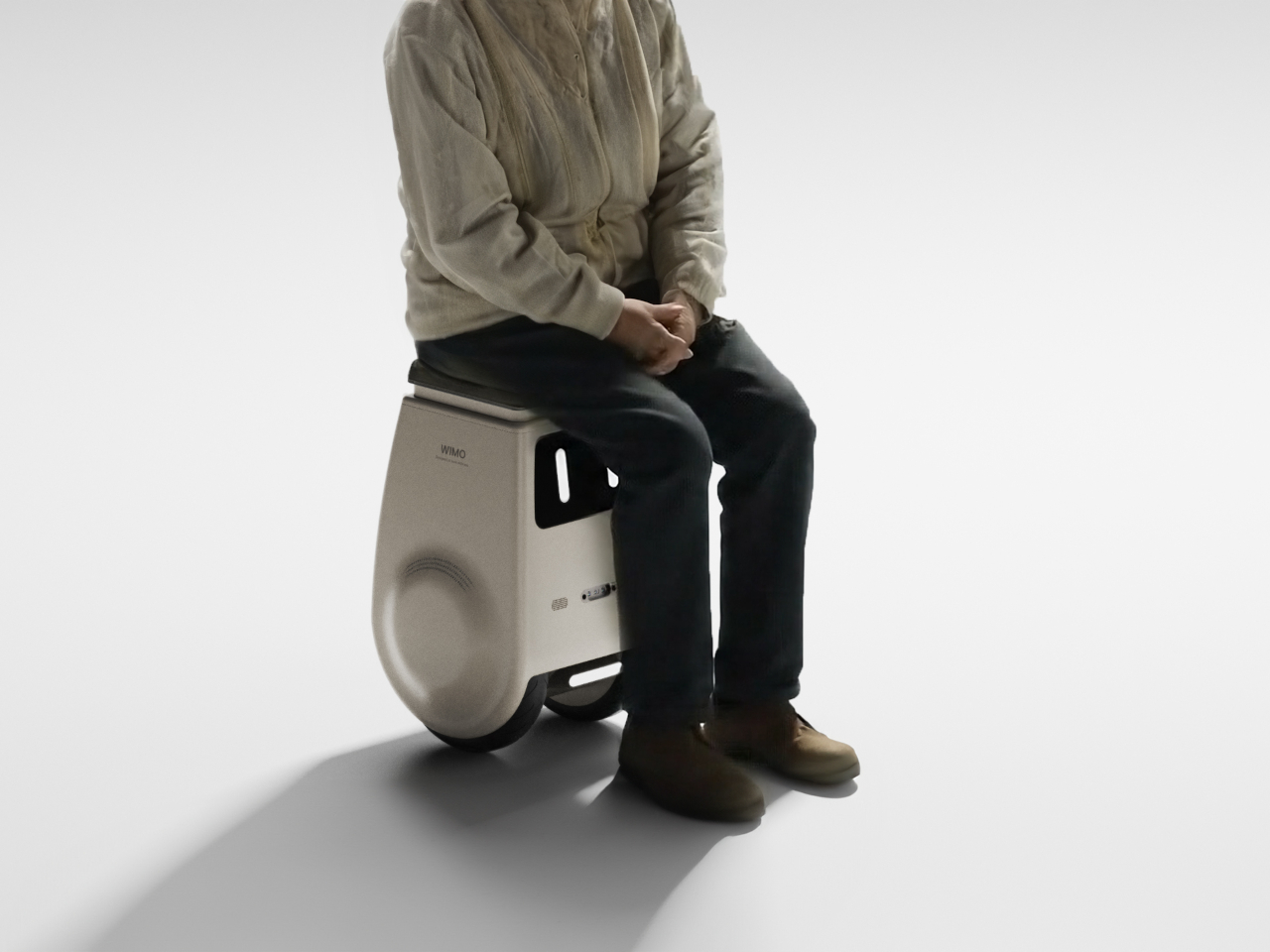
WIMO addresses the emotional aspects of aging just as thoughtfully as the practical ones. The sleek, modern design avoids the clinical appearance that makes many seniors reluctant to use mobility aids. By combining advanced robotics with intuitive controls, the concept maintains user dignity while providing genuine independence.
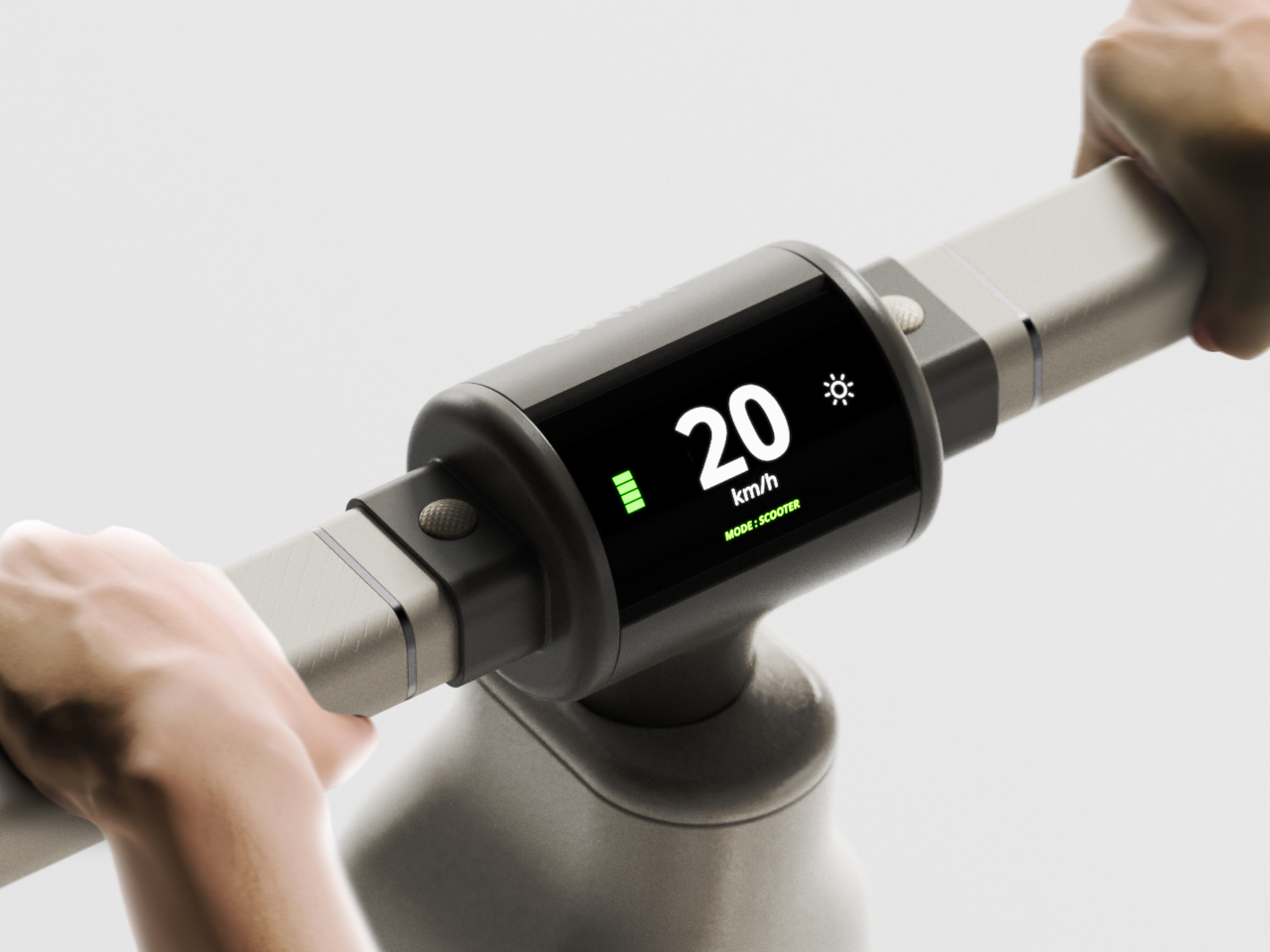
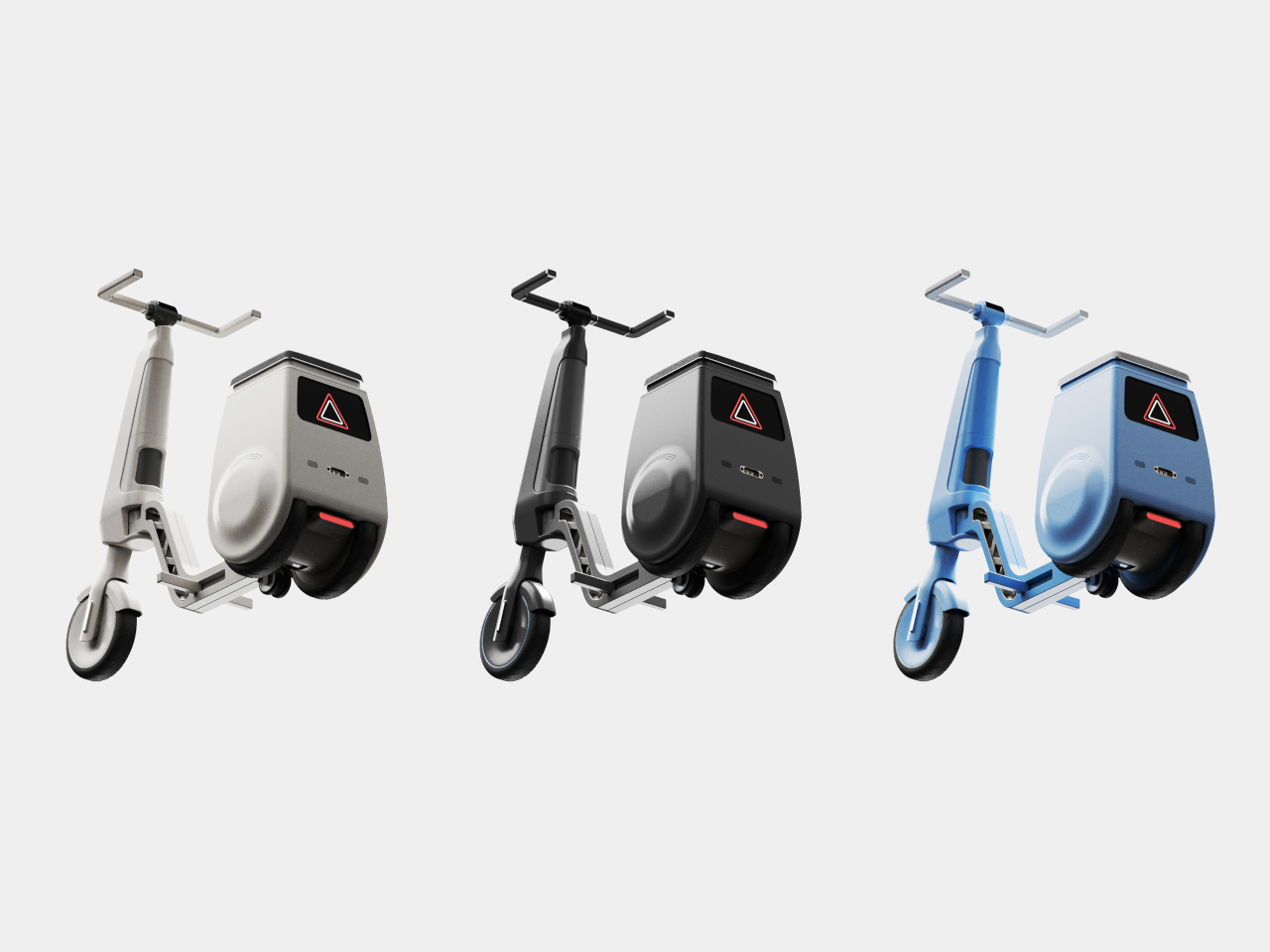
The modular approach reflects broader trends in aging-in-place design, where technology serves human needs rather than forcing adaptation to rigid systems. WIMO recognizes that seniors want flexibility, not limitations, and that good design can preserve both mobility and self-respect.
WIMO demonstrates how thoughtful design and emerging robotics can transform mobility aids from necessary medical equipment into empowering lifestyle tools. For a growing population that refuses to let age define their limitations, concepts like this point toward a future where independence and comfort go hand in hand.
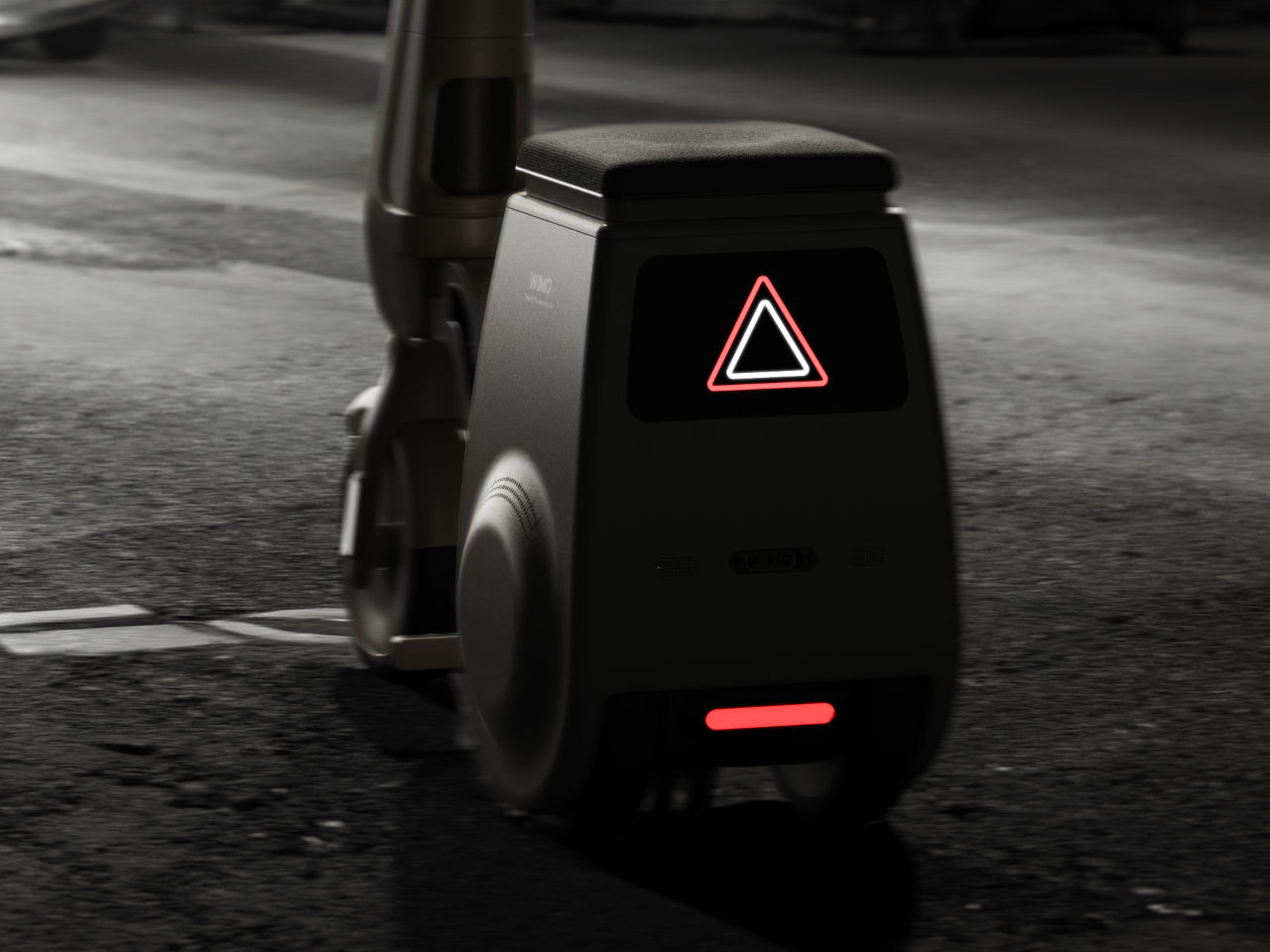
The post Mobility Scooter Concept for Seniors Features Detachable Robot Assistant first appeared on Yanko Design.
Read More . . .|
 | Tweet
| Tweet